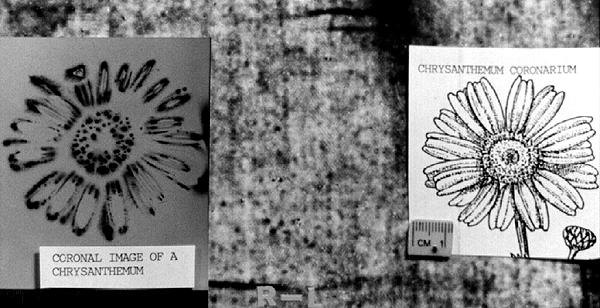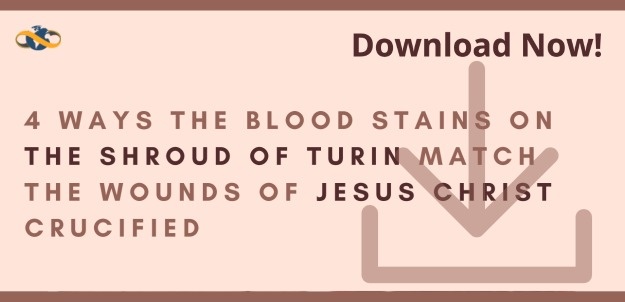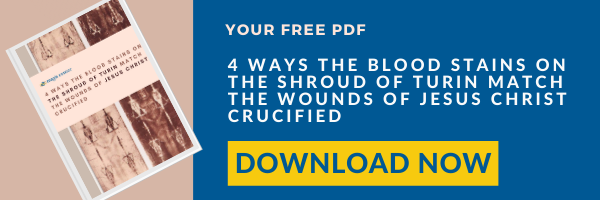According to 3 tests carried out by Dr. Giulio Fanti in 2013, the Shroud of Turin is between 1,802 and 2,302 years old.
Dr. Fanti’s tests were corroborated by the Universities of Padua, Bologna, Modena, Udine, Parma and London.
The Controversial 1989 Carbon 14 Test Results
Dating of the cloth has been surrounded by controversy since 1989, when a Carbon 14 test dated it to the 13th century, prompting a flood of articles proclaiming it a fake. Even currently, some of the most “popular” resources report the controversial 1989 Carbon 14 results as definitive.
Now, most scientists and scholars consider the results of this test worthless due to sampling issues. This result prompted an increase in research and generated new data coming from four new testing methods (see Section III here).
The Four New Dating Tests
There are four other dating tests performed on fibers from the Shroud (discussed in Section II and III here):
- A vanillin test by Dr. Raymond Rogers.
- Two spectroscopic analyses (of Dr. Giulio Fanti, et al.)
- The compressibility and breaking strength tests (of Dr. Giulio Fanti, et al.). The results indicate a midpoint average of 50 A.D. (plus or minus 200 years) with a 96% confidence level.
The Three External Evidences
In addition to the new dating tests, there are also three types of external evidence indicating 1st century origin (see section IV here).
- Pollen grains unique to Judea.
- Roman coins on the eyes of the image—minted by Pontius Pilate in 29 A.D. in Judea.
- Correspondences with another relic, the Sudarium Christi, including: similar pollen grains, 124 exact matches to wounds on the Shroud, and the same AB blood type. Its documented existence began in the 600’s AD making the Shroud at least that old and definitely not a medieval forgery.
 © 1997 Alan Whanger
© 1997 Alan Whanger
One more external evidence worth noting is that the reflectance spectrometry revealed dirt on the nose, knee, and heel that containing a form of travertine aragonite—a rare limestone identical to that found in Jerusalem (see page 16 here).
Learn More About the Shroud of Turin
If you would like to learn more about the Shroud of Turin, see the 5 other articles in this series:
- What is the Shroud of Turin? Here’s What Science Says.
- History of the Shroud of Turin (Cutting through the Controversy!)
- Where Did the Shroud of Turin Come From?
- How Did the Shroud of Turin Get Its Image? (Hint: think radiation.)
- Facts About the Shroud of Turin (Age, Dimensions, Blood Stains)
Cover image: Researcher Mark Evans examines the Shroud of Turin with a special photographic microscope during the 1978 scientific examination of the cloth / © 1978 Barrie M. Schwortz Collection, STERA, Inc. All Rights Reserved



